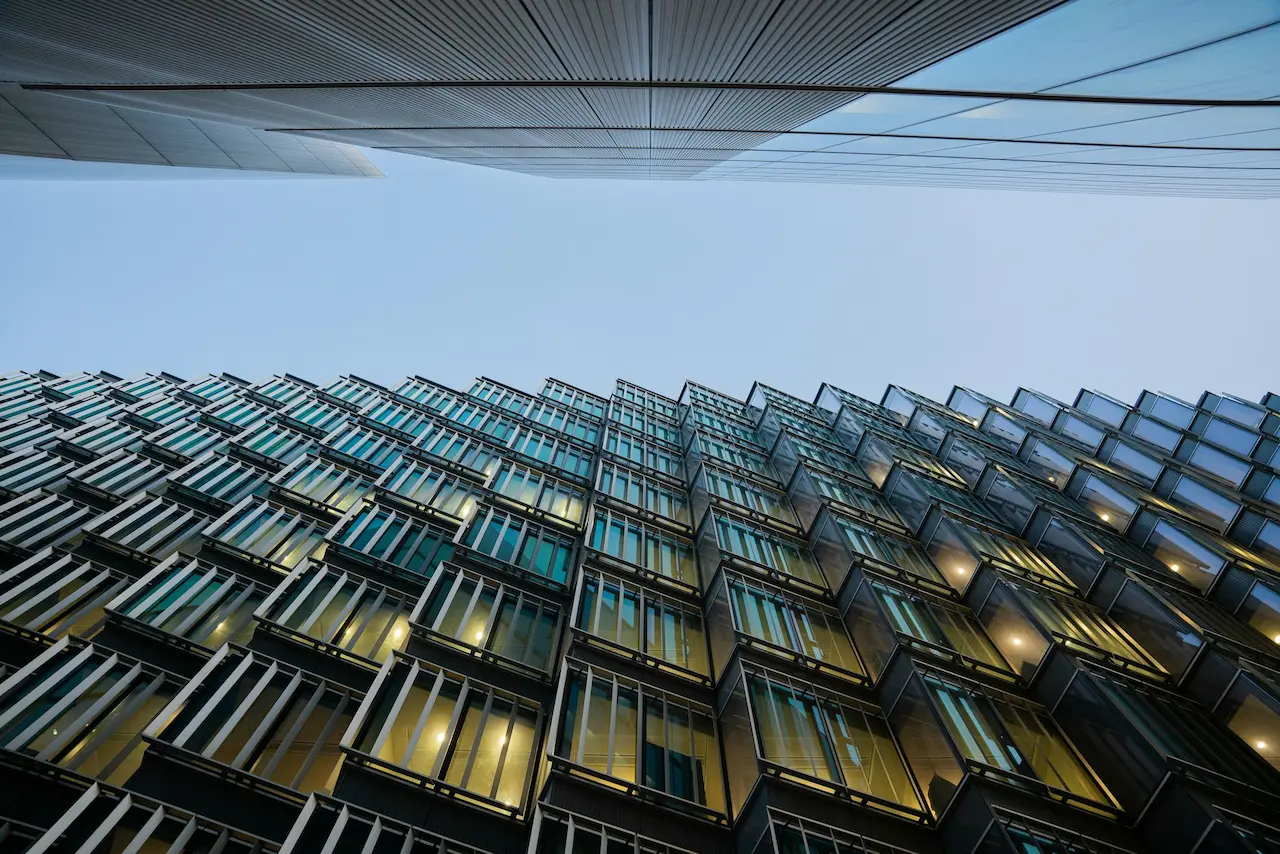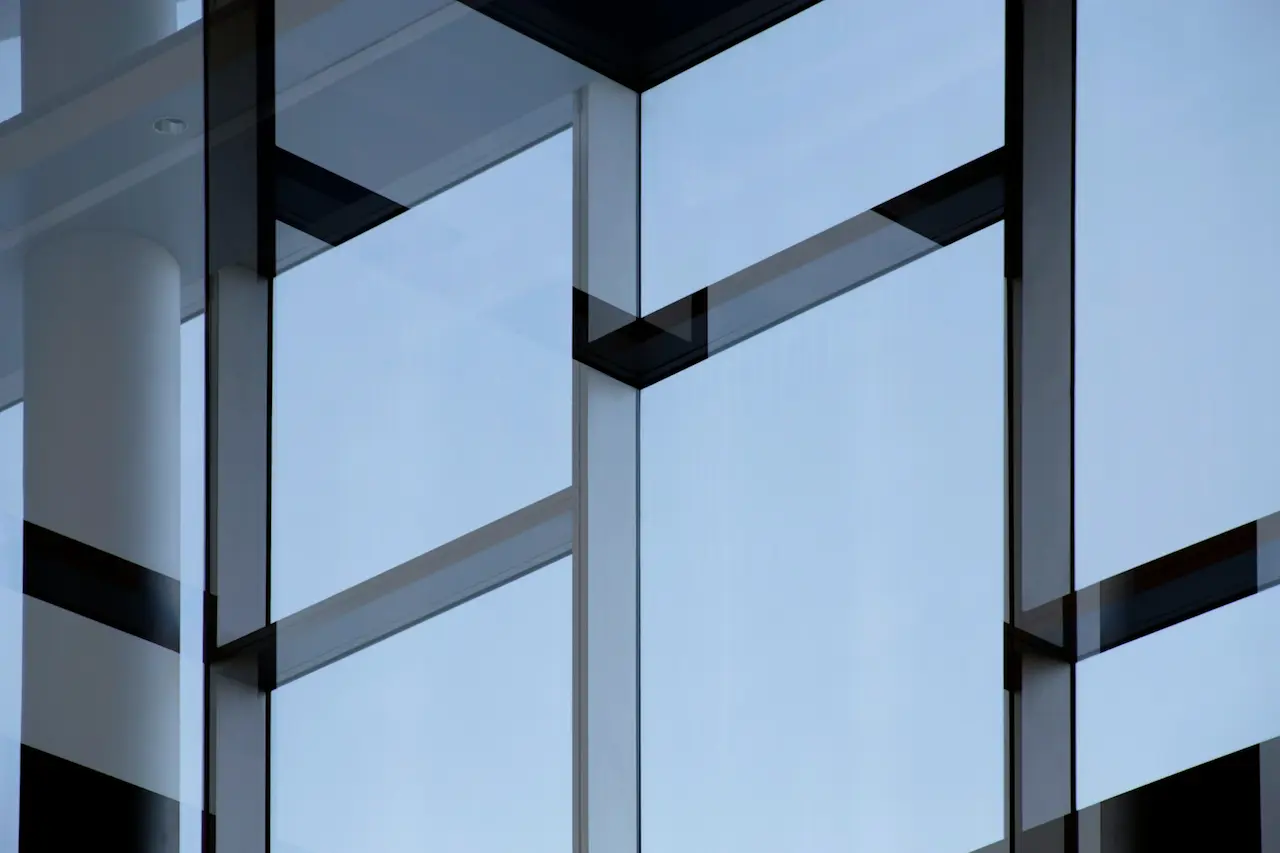Why Natural Ventilation Is Essential for Commercial Properties
10 Reasons Why Natural Ventilation Is Essential for Commercial Properties
Do you want to know why natural ventilation is essential for commercial properties? Commercial properties across Australia are evolving rapidly. Building owners and managers face growing demands for healthier workspaces, smarter energy solutions, and more adaptable structures. While high-tech solutions often grab attention, one of the most effective strategies for enhancing both occupant wellbeing and operational efficiency is actually quite timeless: natural ventilation.
Whether you’re an architect designing a flagship office in Sydney, a property investor managing assets in Melbourne, or a builder working on multi-use community developments, natural ventilation is a crucial piece of the commercial property puzzle. Let’s explore why prioritizing natural ventilation is no longer just a nice-to-have but an absolute necessity for modern commercial buildings.
1. Enhanced Indoor Air Quality
Poor indoor air quality isn’t just uncomfortable—it affects health, productivity, and wellbeing. Natural ventilation systems allow for a continuous exchange of stale indoor air with fresh outdoor air. This process naturally reduces indoor pollutants, volatile organic compounds (VOCs), and carbon dioxide levels.
The benefits are clear and measurable:
- Fewer airborne contaminants
- Reduced humidity and moisture build-up
- Less mould and mildew development
- Diluted indoor pollutants
Recent studies show that people working in naturally ventilated environments report fewer headaches, reduced fatigue, and improved concentration. For businesses, this translates directly to fewer sick days and better performance—making natural ventilation a smart investment in your human resources.

2. Significant Energy Savings
Traditional HVAC systems consume massive amounts of energy. They’re expensive to run and maintain, especially with rising energy costs across Australia. Natural ventilation offers a smarter approach:
- Uses architectural design to capture and direct airflow
- Requires minimal or no electricity to operate
- Reduces cooling costs during shoulder seasons
- Decreases peak load demands on building systems
By strategically placing operable windows, louvres, or roof vents, buildings can harness prevailing winds and thermal currents to maintain comfortable temperatures throughout much of the year. In many climate zones across Australia, this approach can reduce cooling costs by 30-50% compared to fully air-conditioned spaces.
3. Meeting Green Building Standards
Sustainability is no longer optional—it’s expected. Property stakeholders increasingly prioritize certifications like Green Star, NABERS, and WELL. Meeting these standards requires thoughtful approaches to both resource efficiency and occupant health.
Natural ventilation directly contributes to multiple credits in these rating systems:
- Indoor Environmental Quality points
- Energy reduction credits
- Innovation points for passive design
- Thermal comfort standards
Buildings with strong sustainability credentials aren’t just better for the environment—they’re more attractive to blue-chip tenants, command higher rents, and maintain better occupancy rates. Natural ventilation helps you achieve these credentials without complex technological systems.

4. Increased Building Value and Tenant Appeal
The commercial property market is competitive. Buildings that prioritize wellness, comfort, and cost-effectiveness stand out to both tenants and investors. The old model of sealed, fully air-conditioned spaces is giving way to more flexible, naturally ventilated designs that connect occupants to the outdoors.
Tenants are increasingly seeking:
- Healthier work environments
- Spaces with natural light and fresh air
- Buildings with lower operating costs
- Properties with sustainability credentials
Research shows naturally ventilated buildings can achieve 3-5% higher rent premiums and experience lower vacancy rates than comparable properties without these features. For property investors, this means stronger returns and more resilient assets.
5. Climate Resilience and Adaptability
Australia’s climate varies dramatically across regions and can be unpredictable. Buildings designed with natural ventilation are inherently more adaptable to changing conditions:
- Continue to function during power outages
- Provide cooling options during heatwaves
- Adapt to seasonal changes without system adjustments
- Reduce dependence on fragile energy infrastructure
Natural ventilation systems like operable louvres can be designed to respond to various environmental challenges. They provide essential cooling when needed but can be secured during extreme weather events. This built-in resilience becomes increasingly valuable as climate patterns become less predictable.
6. Reduced Maintenance and Long-Term Durability
Mechanical ventilation systems come with significant ongoing costs:
- Regular filter changes
- Motor and fan maintenance
- Ductwork cleaning
- Controls calibration
- System upgrades
Natural ventilation components are typically simpler, with fewer moving parts to fail. Ridge vents, wind towers, and high-quality louvres are designed for decades of service with minimal upkeep. For building owners, this means more predictable maintenance budgets and fewer system failures disrupting operations.
The passive nature of many natural ventilation systems also means less technical expertise is required for maintenance. This translates to easier building management and fewer specialized contractor visits.
7. Positive Environmental Impact
The property sector contributes significantly to Australia’s carbon footprint. Natural ventilation directly supports decarbonization efforts:
- Reduces reliance on mechanical cooling
- Decreases peak electricity demands
- Lowers embodied carbon through simpler systems
- Supports building electrification efforts
Beyond energy impacts, naturally ventilated buildings tend to create healthier boundaries between indoor and outdoor environments. This supports urban biodiversity, reduces the heat island effect, and creates more comfortable microclimates around buildings.
8. Supporting Wellbeing and Productivity
Building codes and workplace standards increasingly recognize the link between environment and human performance. Natural ventilation delivers key benefits:
- Connection to natural rhythms and outdoor conditions
- Improved thermal comfort through air movement
- Reduced “sick building syndrome” symptoms
- Greater occupant control over their environment
Studies show productivity improvements of 8-11% in naturally ventilated spaces compared to sealed environments. For a typical office building, this productivity gain can be worth substantially more than the energy savings, making natural ventilation a smart human resources investment.
The biophilic benefits of connecting to outdoor conditions—changing breezes, varying temperatures, and natural sounds—also contribute to occupant satisfaction and wellbeing in ways mechanical systems cannot match.
9. Flexibility for Future Building Needs
Commercial properties must adapt to changing requirements over their lifespan. Whether it’s shifting work patterns, new tenants, or evolving health standards, buildings need built-in flexibility:
- Operable systems allow for different ventilation strategies
- Zone-based approaches support varying occupancy patterns
- Mixed-mode designs combine natural and mechanical options
- User-controllable elements adapt to individual preferences
Natural ventilation design inherently supports this flexibility. Systems can be operated differently as needs change, without major renovations or equipment replacements. This future-proofing is valuable in a rapidly evolving commercial real estate landscape.
10. Compliance with Safety and Fire Codes
Australian building regulations set strict requirements for fire safety and emergency ventilation. Well-designed natural ventilation systems contribute to these essential functions:
- Smoke extraction during fire events
- Maintaining tenable conditions for evacuation
- Protecting critical escape paths
- Supporting firefighting operations
Purpose-designed smoke and fire ventilation systems, like those offered by commercial ventilation specialists, provide code-compliant solutions that integrate with natural ventilation strategies. This dual functionality maximizes the value of ventilation investments while meeting critical safety requirements.
Bringing It All Together
Natural ventilation represents more than just an alternative to air conditioning—it’s a comprehensive approach to creating better commercial buildings. By prioritizing natural airflow strategies, property stakeholders can:
- Create healthier, more productive environments
- Reduce operational costs and environmental impacts
- Enhance building value and tenant appeal
- Improve resilience and long-term performance
The most successful implementations integrate natural ventilation from the earliest design stages, considering building orientation, prevailing winds, seasonal conditions, and occupancy patterns. For existing buildings, retrofitting with operable elements can still capture many of these benefits.
As Australia continues to face climate challenges and evolving workplace expectations, natural ventilation offers a proven, effective strategy for commercial properties that want to stand out in the market while controlling costs and supporting occupants.
For property stakeholders looking to implement advanced natural ventilation solutions in their projects, specialists like Airocle offer Australian-made systems designed specifically for our unique climate conditions, supported by decades of expertise in optimizing airflow in commercial buildings.
By making natural ventilation a priority in commercial property design and operation, you’re not just improving a building system—you’re investing in the health, efficiency, and future value of your entire property.
